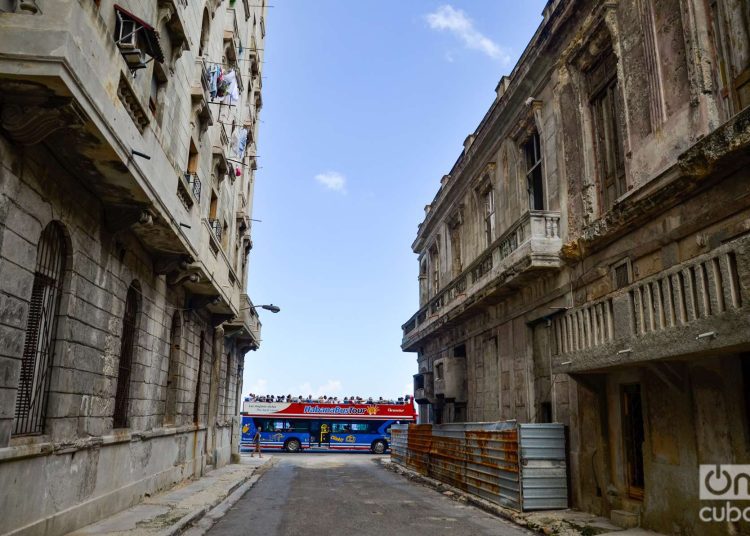The car slows down at the sign made by the potential passenger. “Going to San Lázaro, driver?” asks a girl on 23rd Street, close to the corner of M, in Havana’s Vedado. The car is one of those baptized long ago as almendrones. “It’s 100 pesos to Prado,” the taxi driver blurts out lightly. She shrugs resignedly and gets in.
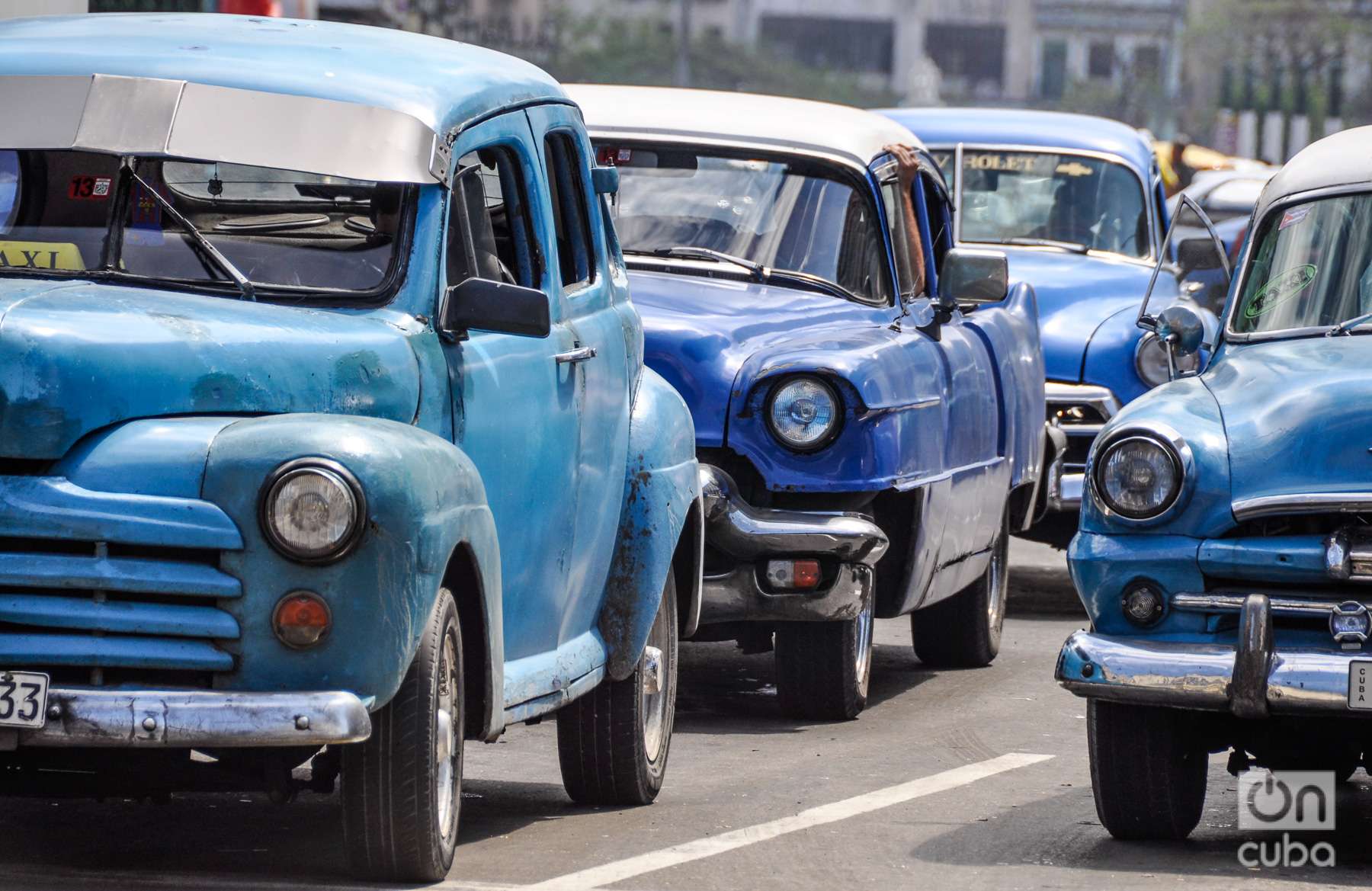
I was in the same place, with the same goal: to get to Old Havana. But I decided not to board the vehicle. I felt displaced when hearing how much the trip cost. I belong to the era of the section in an almendrón at 10 pesos. I have been in Cuba for less than a week and I am still lost in the face of the resounding rise in the price of goods and services in the country. So, since I wasn’t in a hurry, I started walking in the direction of San Lázaro. After all, I had all the time in the world.
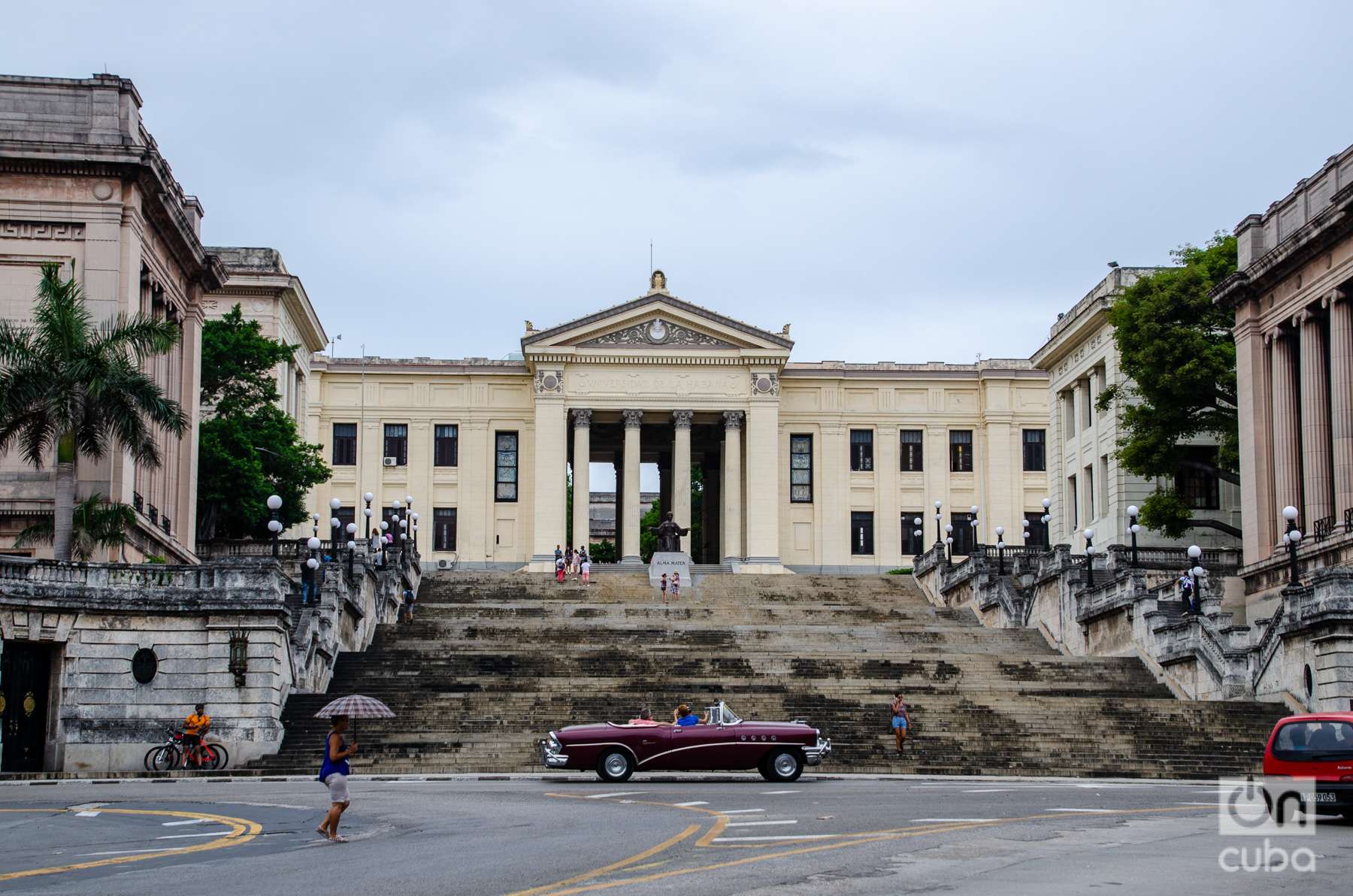
Once on the avenue, I walked and walked while taking photos. A couple of hours later, I had covered the 21 blocks that make up San Lázaro and, except for the heat, I would not have noticed.
The countless times that I have retraced San Lázaro were always in the midst of hustle and bustle. In the comings and goings of everyday life, San Lázaro was just a place of passage.
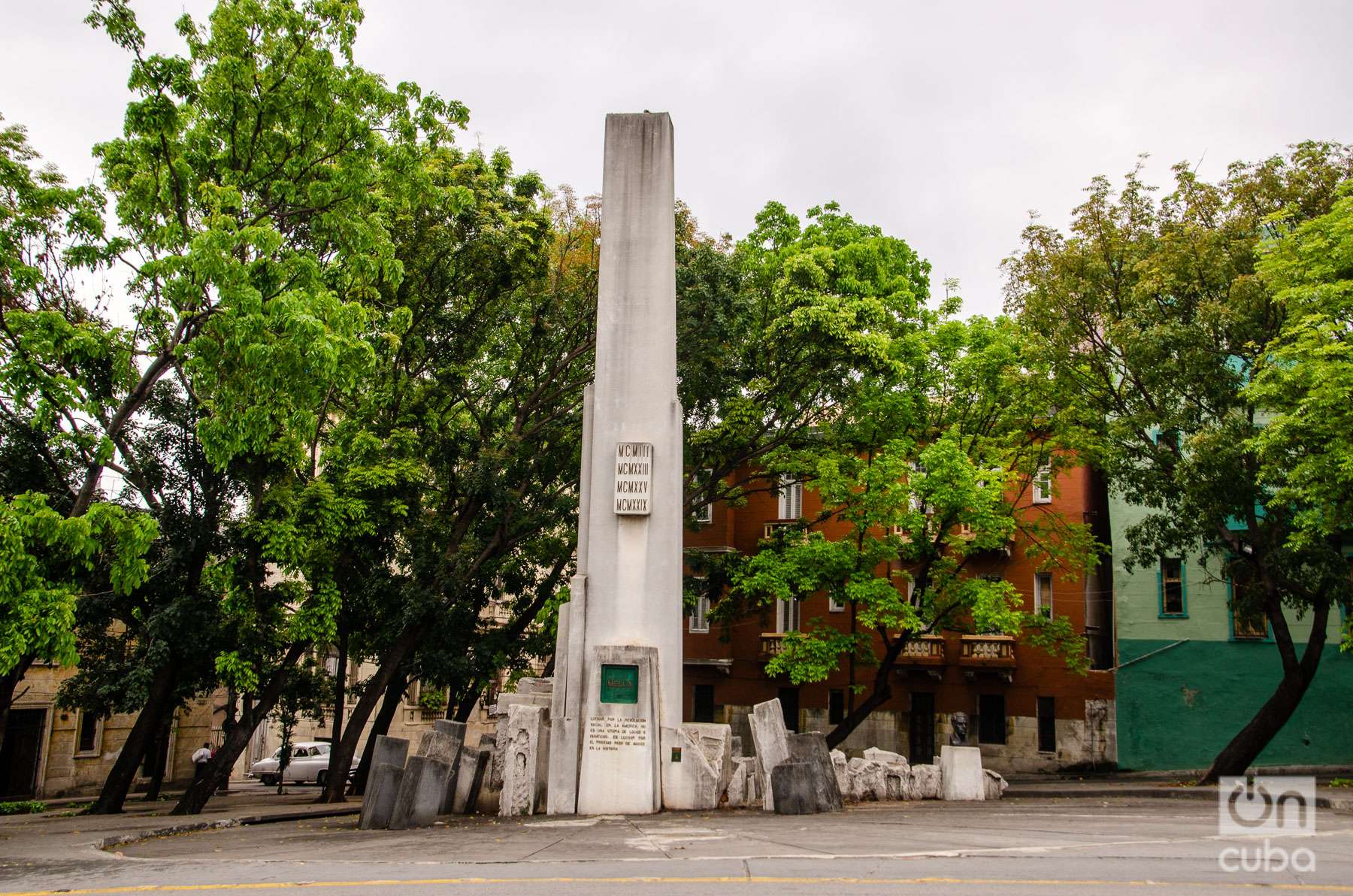
I never paid attention to details, for example, that the avenue passes through three municipalities of the Cuban capital. Part of Plaza de la Revolución, at the foot of the steps of the University of Havana, in the small square that protects Mella’s ashes; It crosses Infanta Avenue, where Los Mártires Park is; it borders Centro Habana, parallel to the Malecón and even flirts with Old Havana, at the Castillo de San Salvador de la Punta, at the beginning of Paseo del Prado and in front of the monument dedicated to the medical students shot in 1871.
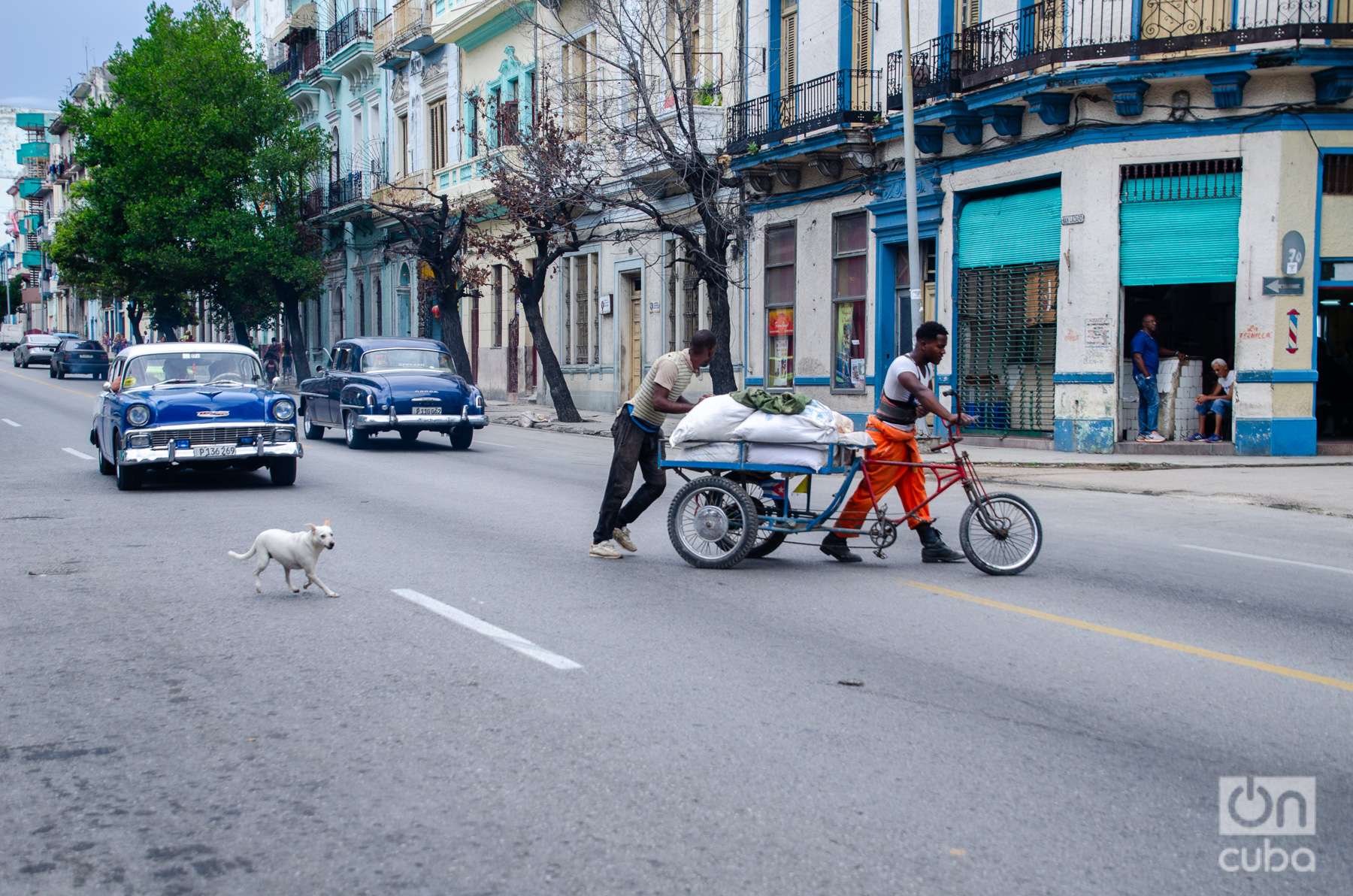
As you go along, San Lázaro has the peculiarity of changing its appearance. A few first blocks with trees; then the landscape clears up and on one side the Antonio Maceo Park, with the equestrian statue of Maceo, the Bronze Titan, and, in front, the magnificence of a giant sentinel like the Hermanos Ameijeiras Hospital, one of the highest in the capital. And next door, neighboring, as if lost, the La Inmaculada Church.
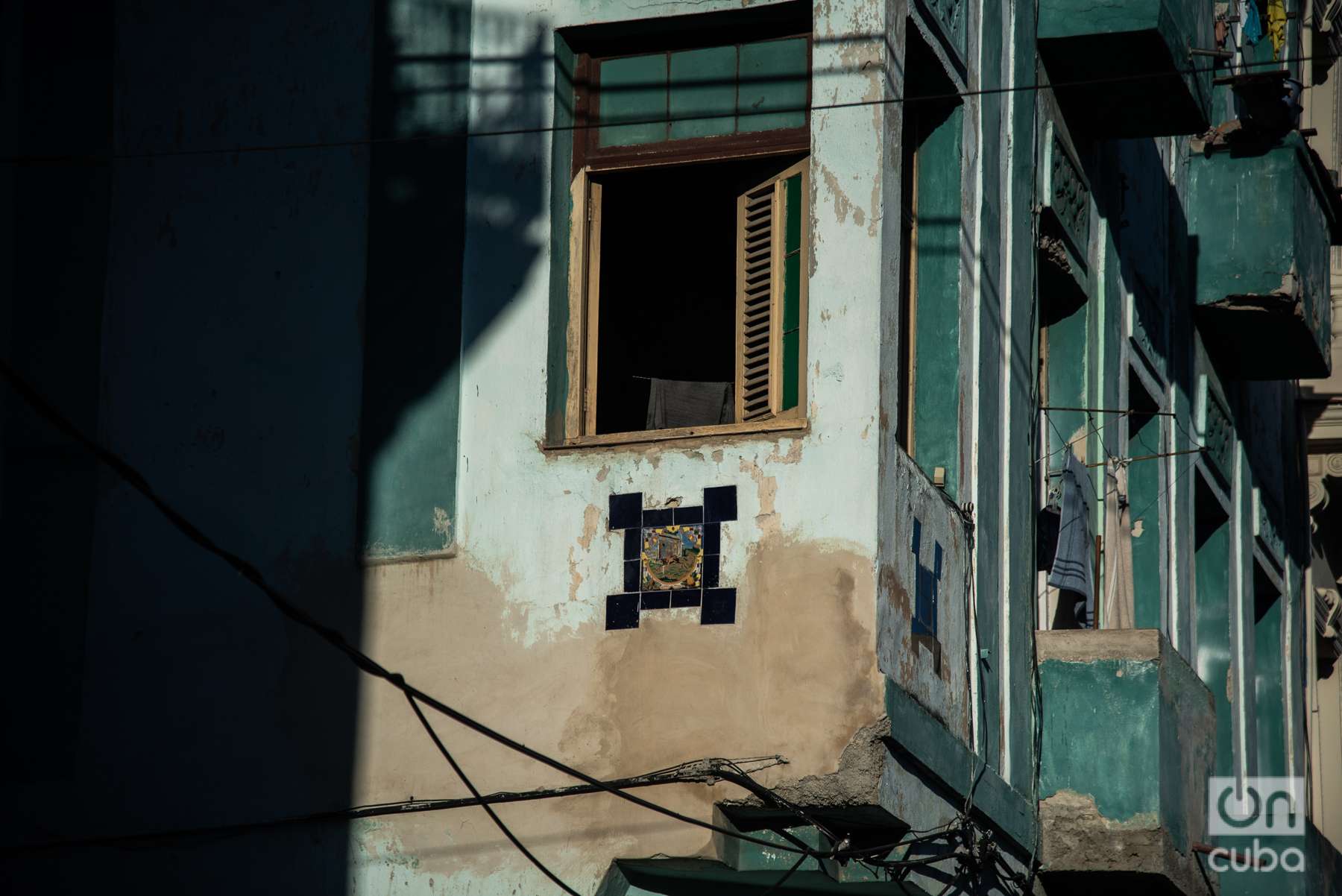
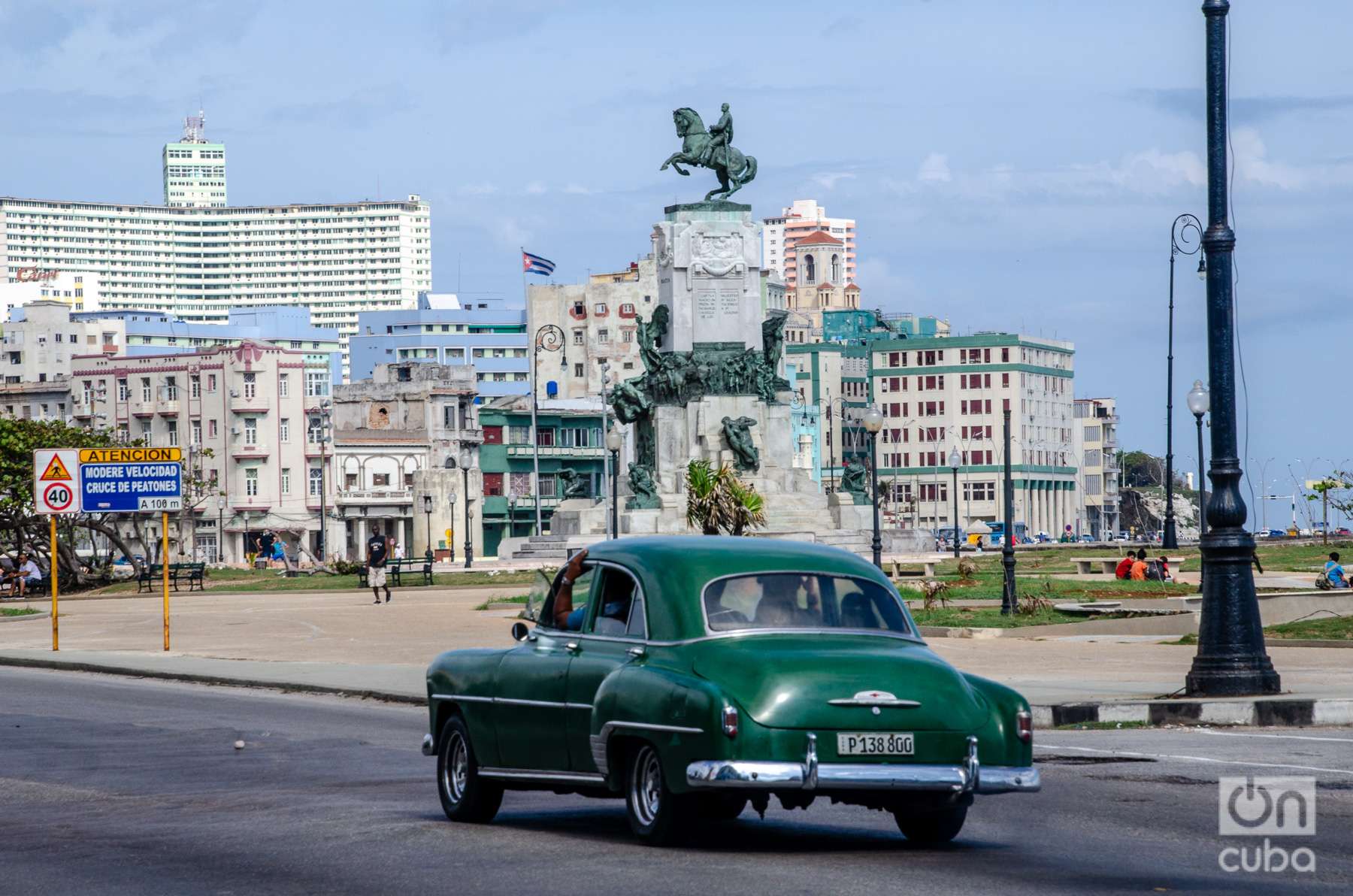
The architecture of the street is a journey through time. We move from the 18th to the 19th century, when the area began to be populated, and we come to an end in the 20th. The urban landscape of this part of Havana is impressive, much of which today is submerged in ruins.
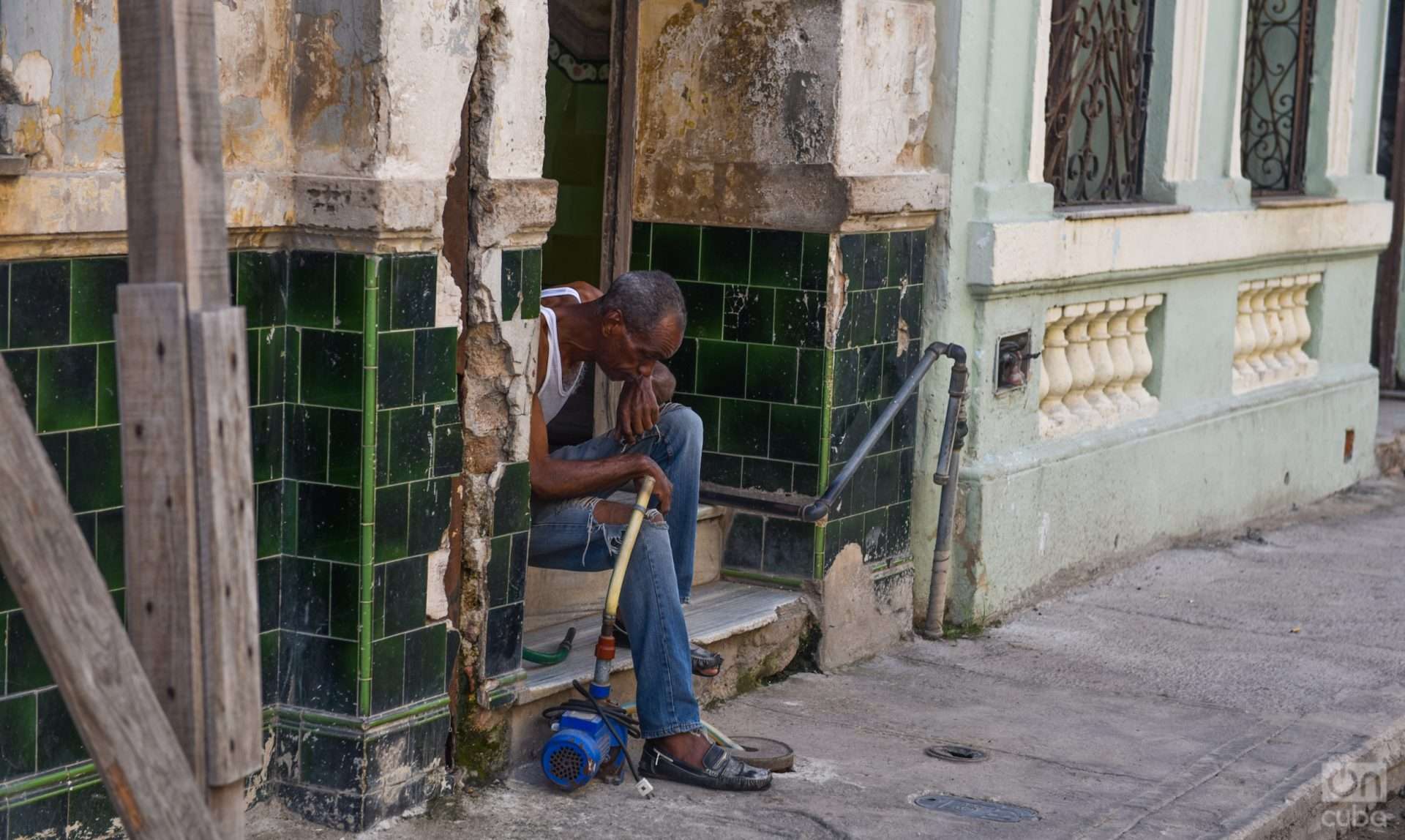
Throughout history the avenue has had various names. San Lázaro because of the leper colony inaugurated in 1746 in the vicinity of what is now Maceo Park. However, they officially named it Calle Ancha del Norte. It was also popularly called El Basurero. In 1905 it was renamed Avenida de Maceo by agreement of the Havana City Council. But the name did not last long; in less than five years they renamed it Avenida de la República.
Emilio Roig de Leuchsenring, the first City of Havana Historian, called attention to the authorities so that it could recover its traditional and best-known name.
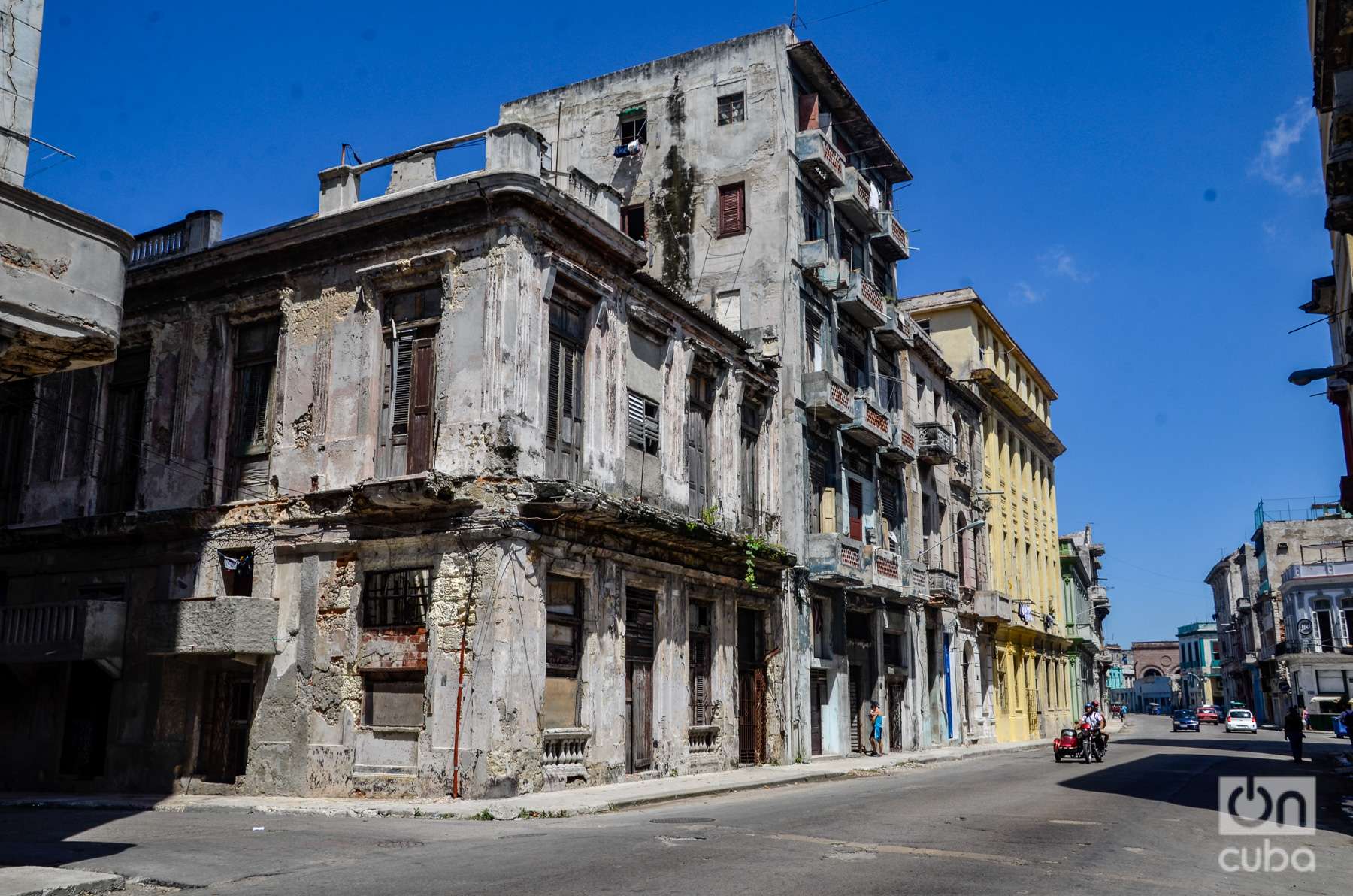
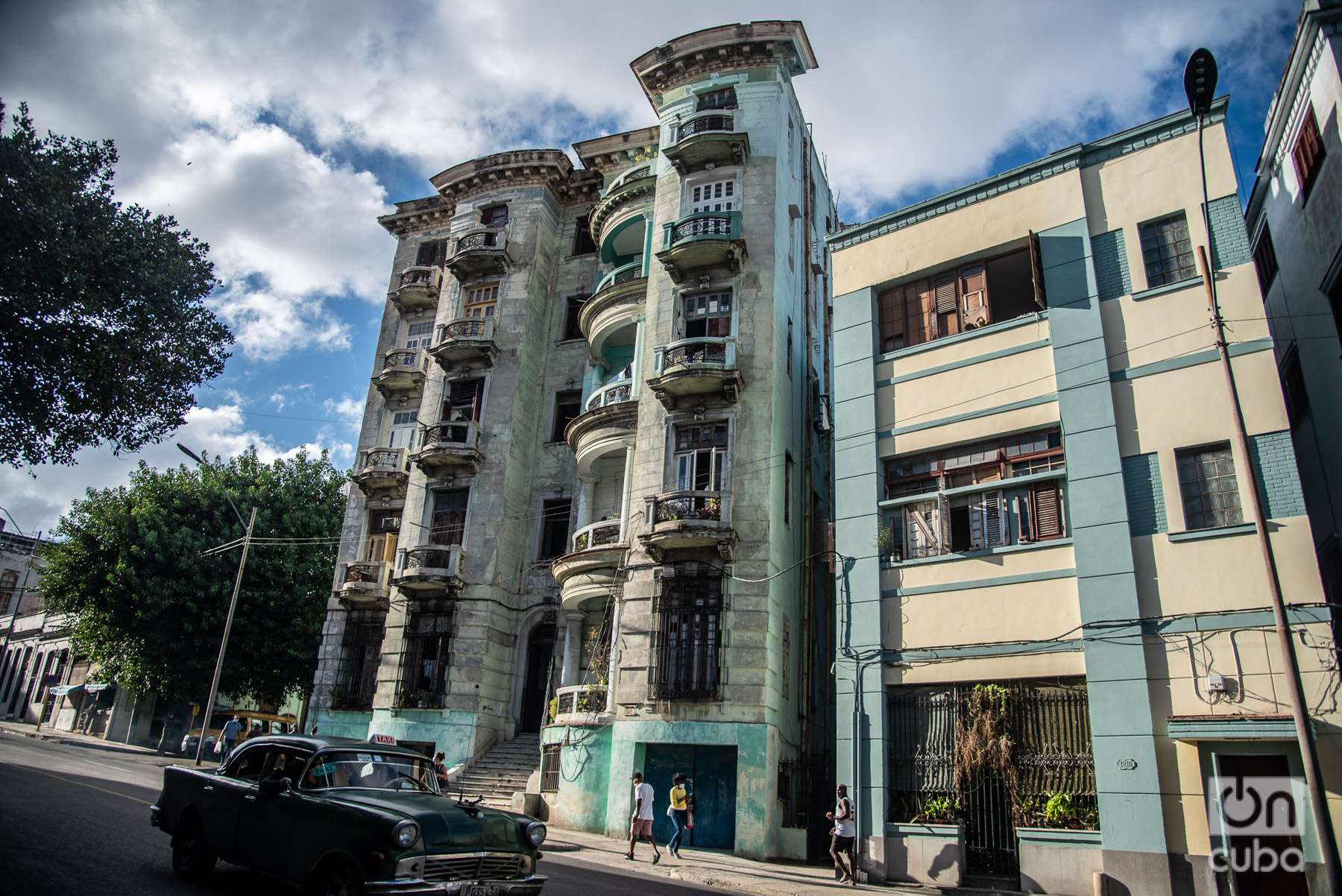
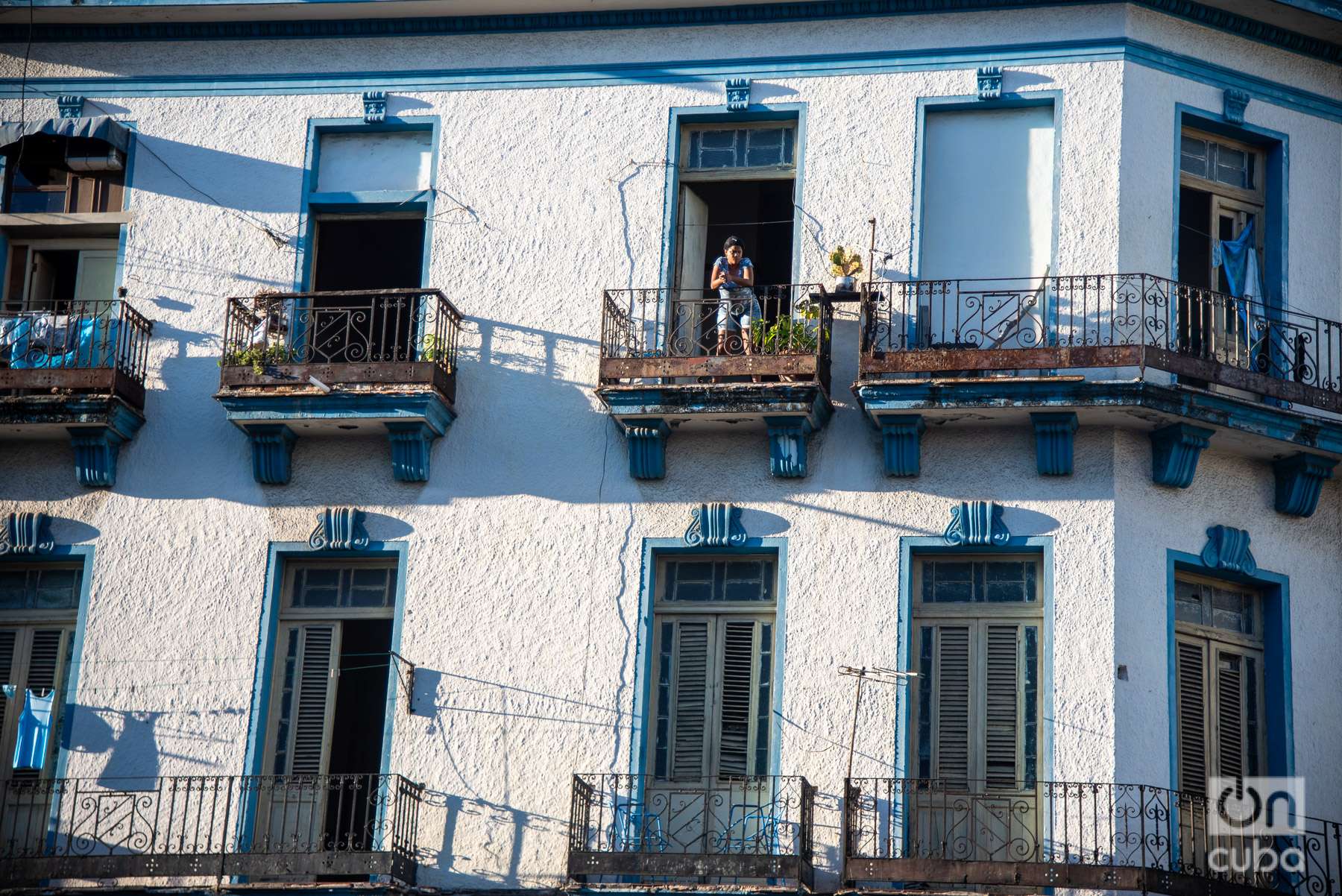
It could be said that San Lázaro avenue was born busy. Nearby, the Espada cemetery was founded in 1806, the first in Havana. In this way, for many years, funeral processions from the humblest to the most pompous paraded down that street.
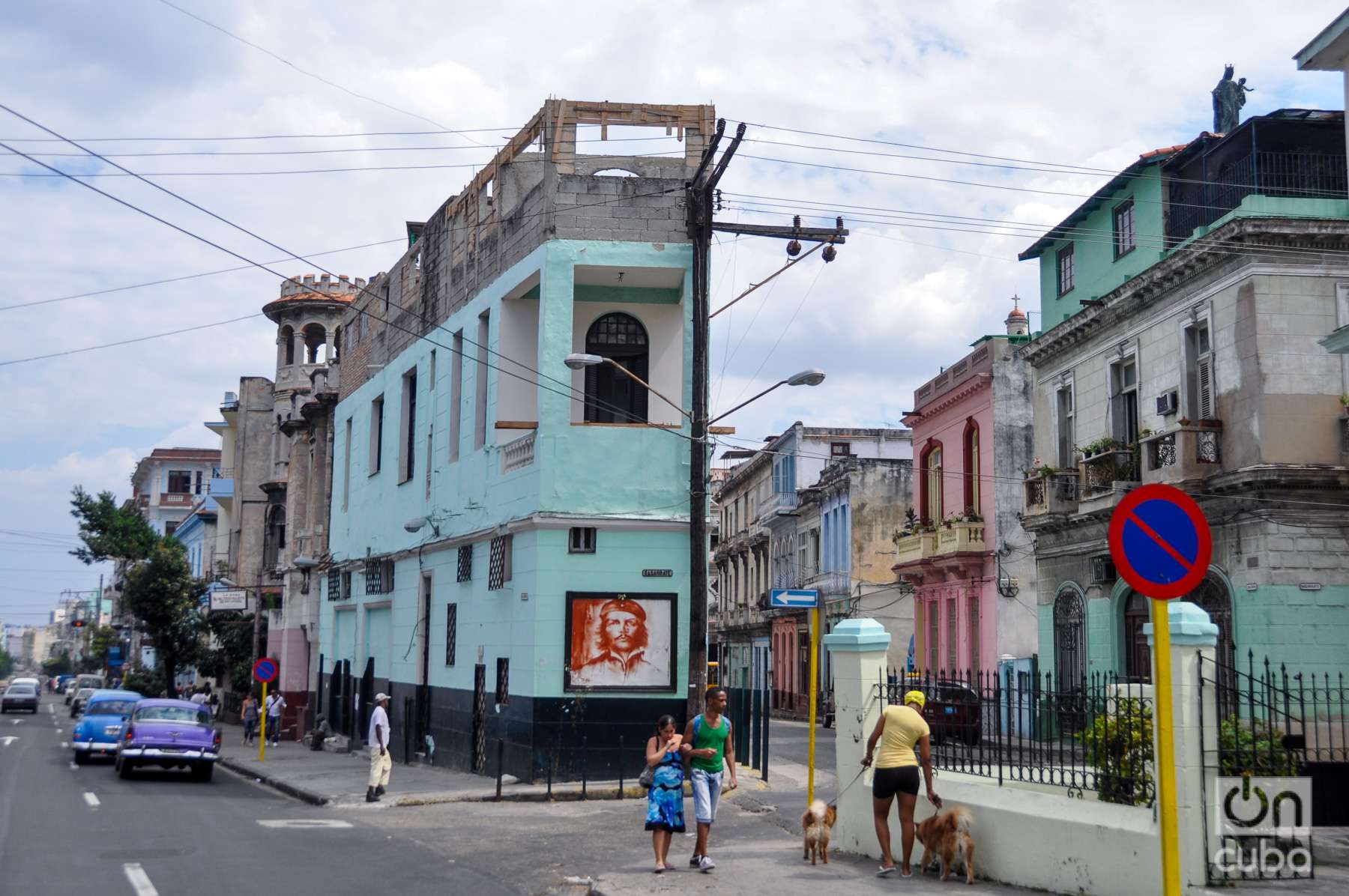
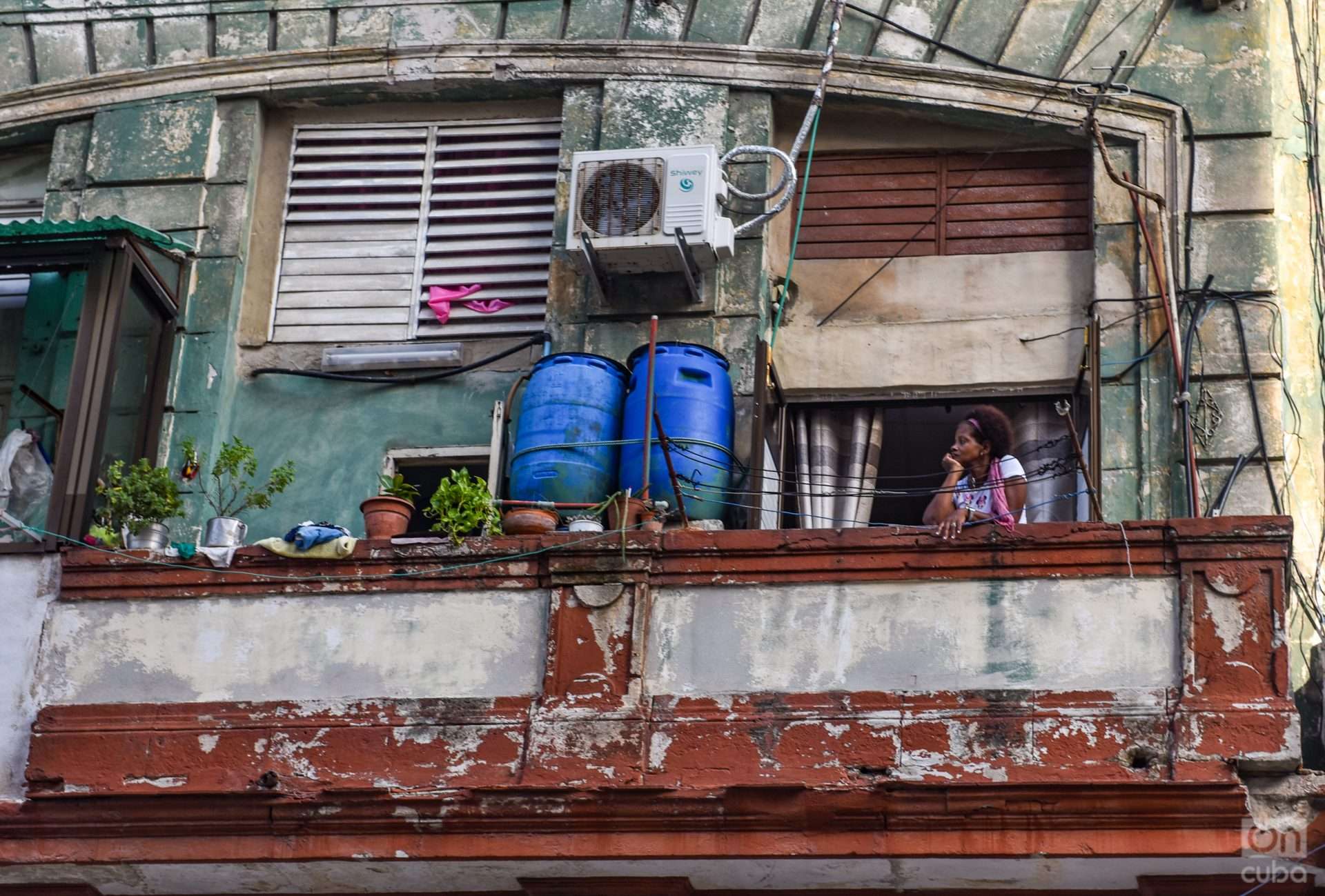
It was also a very popular recreation spot. On the coast, before the boardwalk was built, there was an entire infrastructure for summer vacations, with the facilities known as La Punta, Recreo, and Beneficencia. They called it sea baths.
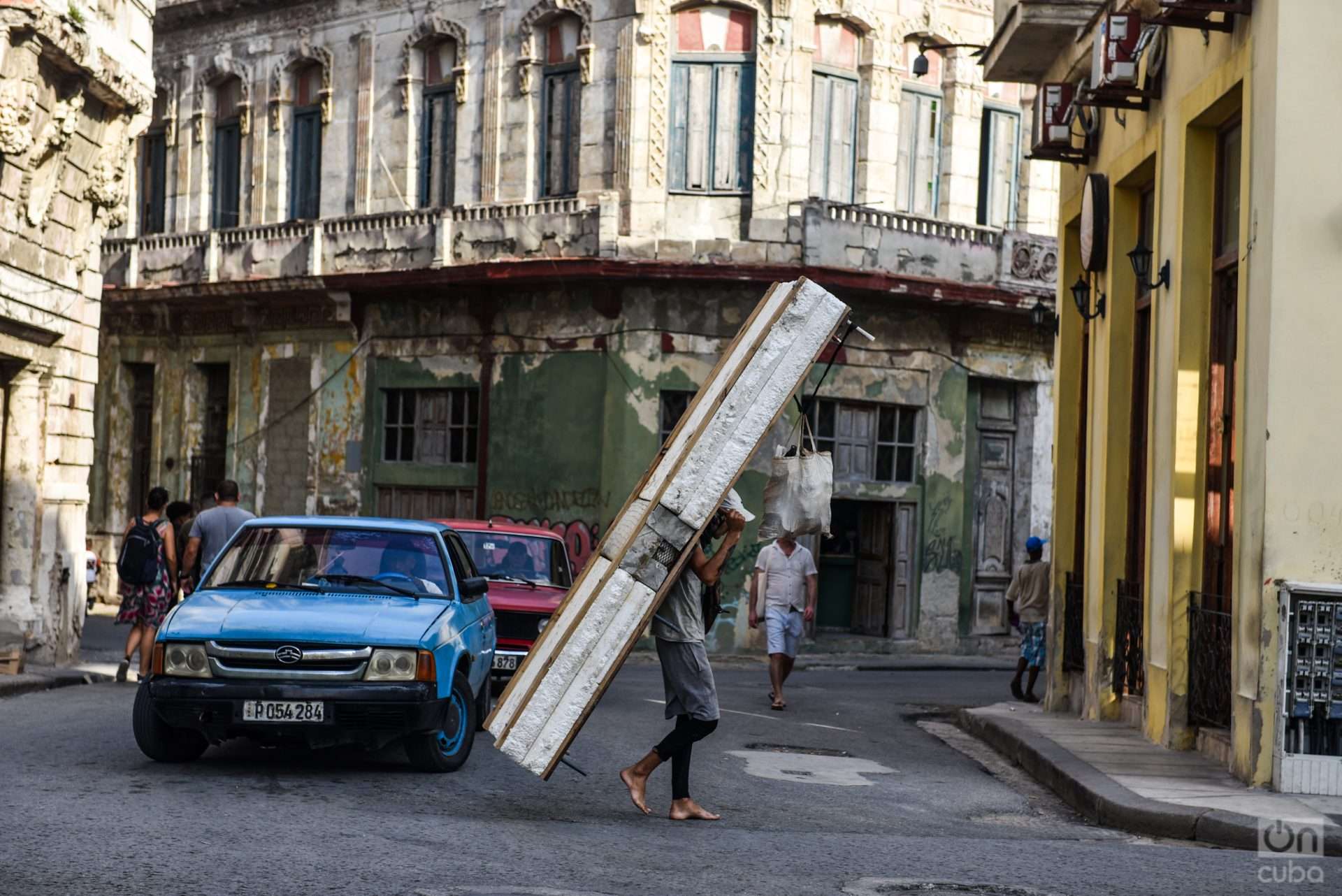
With the development and expansion of the city, San Lázaro started gaining in importance. Commercial and service activity enlivened the area of art deco family buildings. Commercial establishments were concentrated between Belascoaín and Galiano streets. In the same way, a network of stores was set up, especially haute couture clothing, such as El Encanto, and hotels in several blocks that went from San Lázaro itself to Neptuno Street.

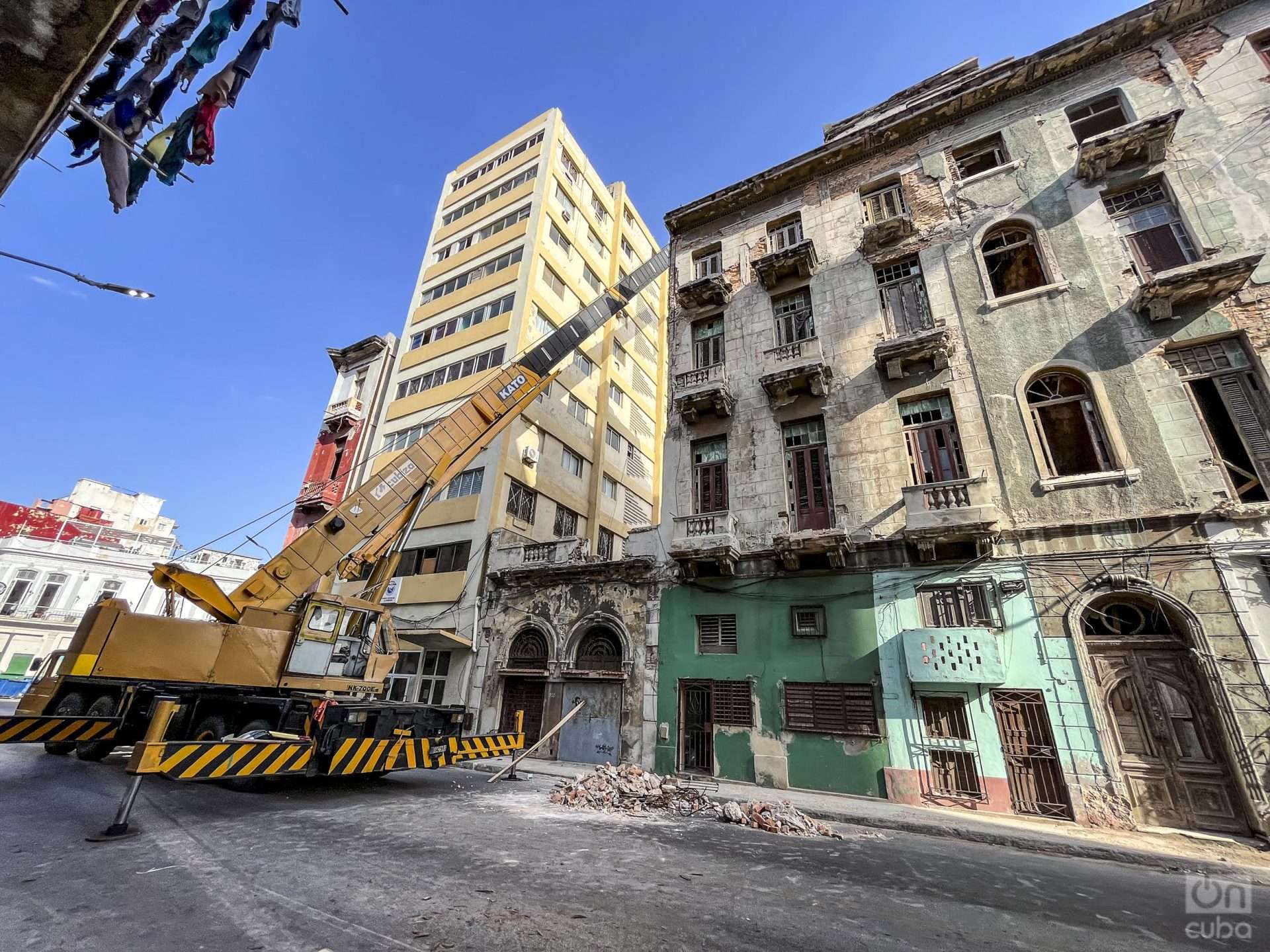
The architect Miguel Coyula, in an article titled “Centro Habana, al margen del centro,” explains the rise and fall of this area, which has in San Lázaro one of its main arteries:
During the first half of the 20th century, Centro Habana became the great commercial center of the entire city, with large U.S.-style department stores that replaced the small European-style stores of the old walled area. The streets, with double-height arcades for pedestrians, were the main center of expansion of the city outside the walls. They formed a system of linear centers that both separated and joined sectors where housing predominated, although with a rich mix of functions and social layers, ranging from rental housing for a ubiquitous lower middle class to substandard housing for workers and marginal people — citadels and rooms for rent — masked behind classical facades. In the sectors delimited by the avenues, the corner had the double role of offering daily services and a meeting place for the residents of the block. The Malecón was the portal to Centro Habana, making up for the lack of greenery that made it an island of heat. This centrality has been badly hit by the scarcity of offers, physical and moral deterioration, loss of functions, the improvised conversion of stores into caricatures of homes, and generalized distortions that have impoverished the urban image.
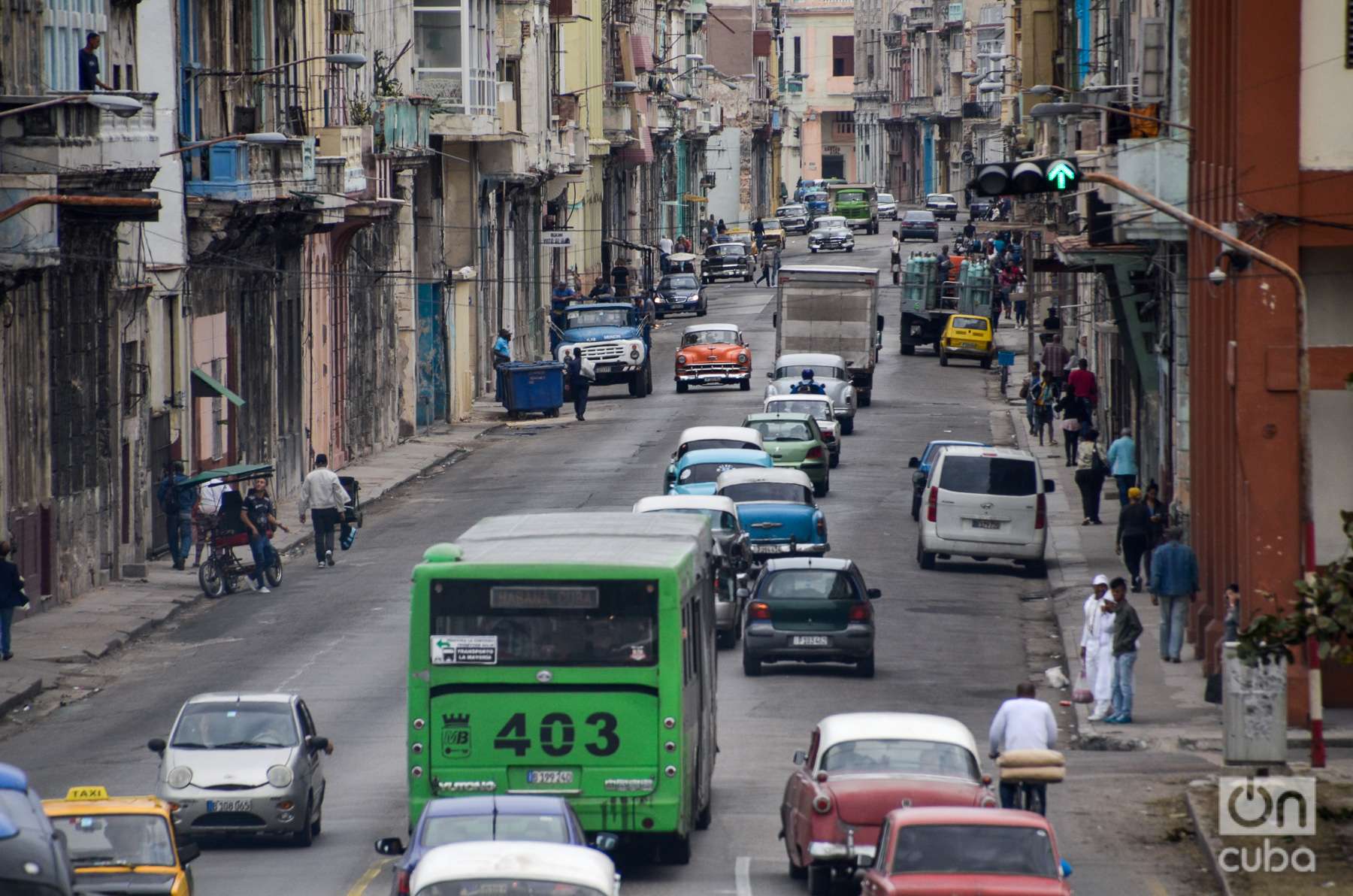
In these photos, the nuances that I found in my walk through the well-known Havana avenue. In a certain way, it is passing through a little piece of Cuba by the hand of the miraculous saint himself; also known as Babalú Ayé, the most revered religious figure in Cuba after Our Lady of Charity of El Cobre. Cubans make the most dissimilar promises to this saint who walks on crutches with his wounds and his dogs, and invoke him to grant them health. And miracles, of course. Many miracles, like those longed for on this street.

